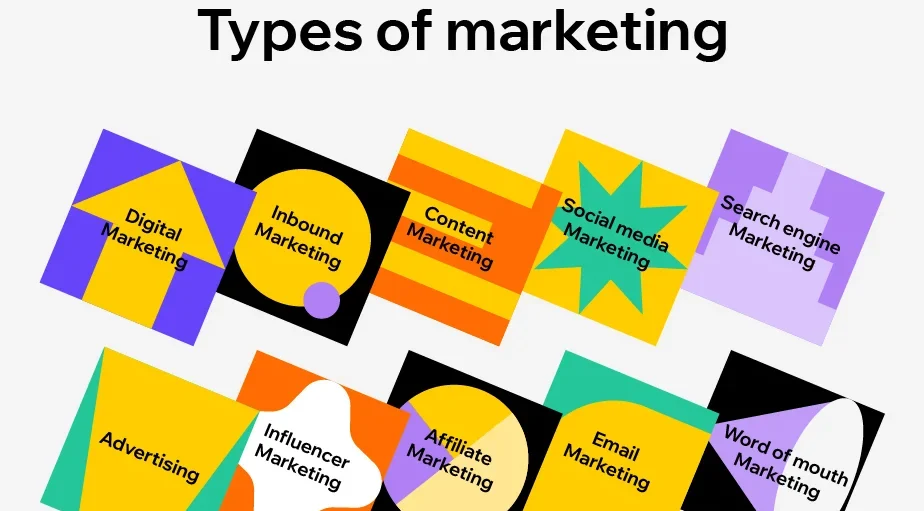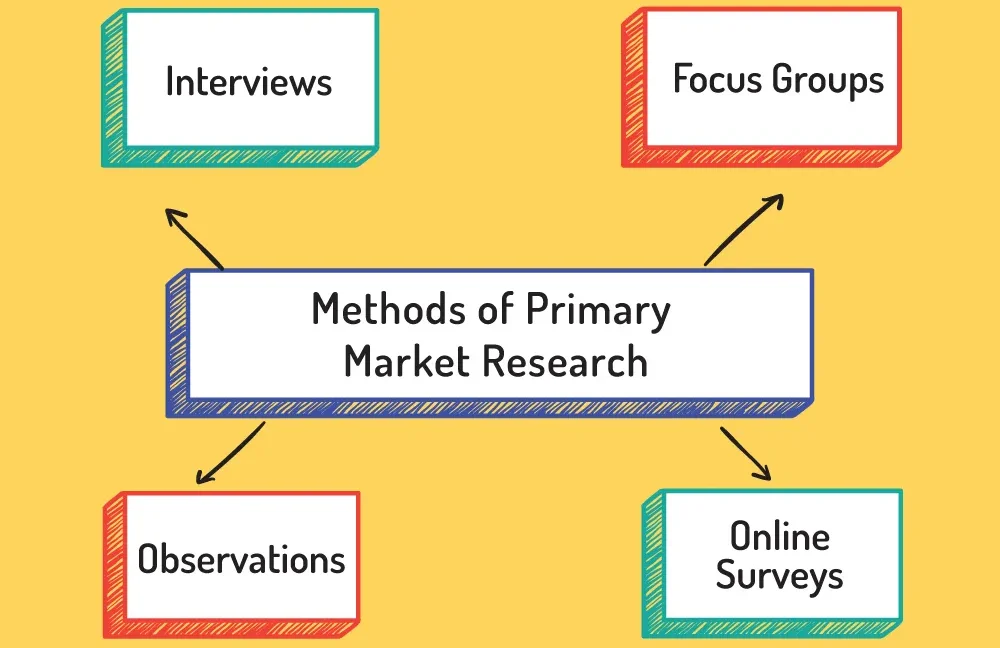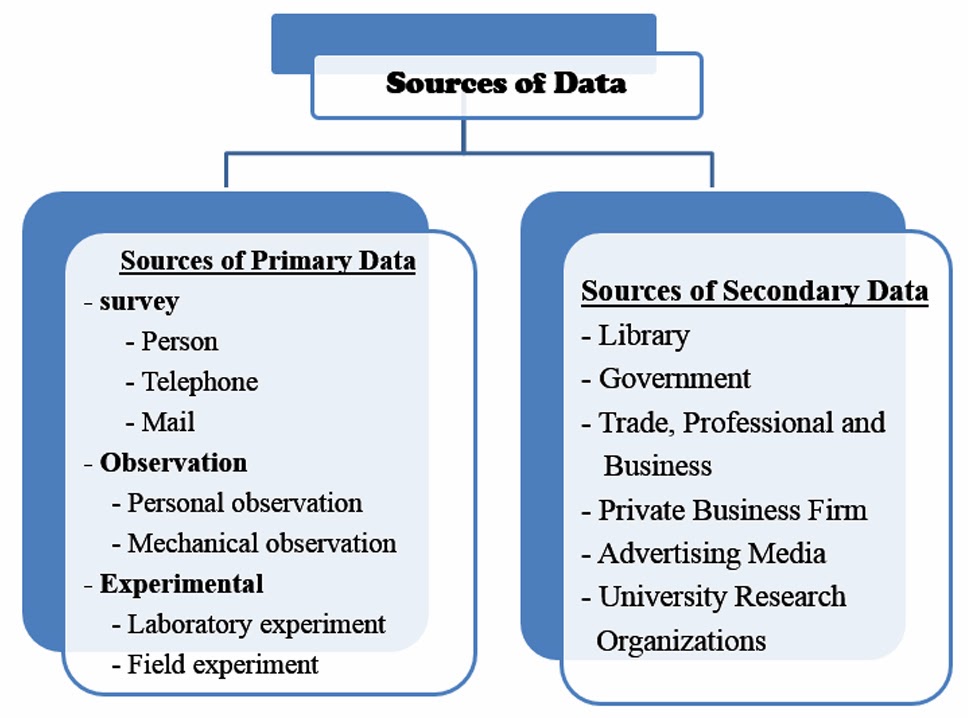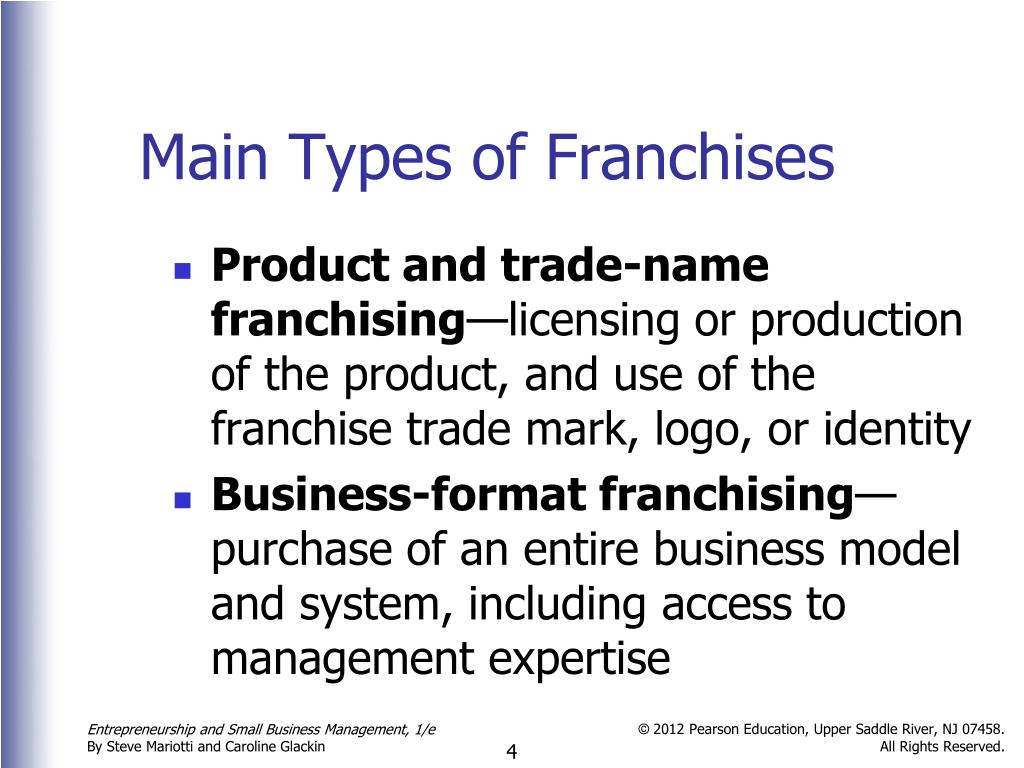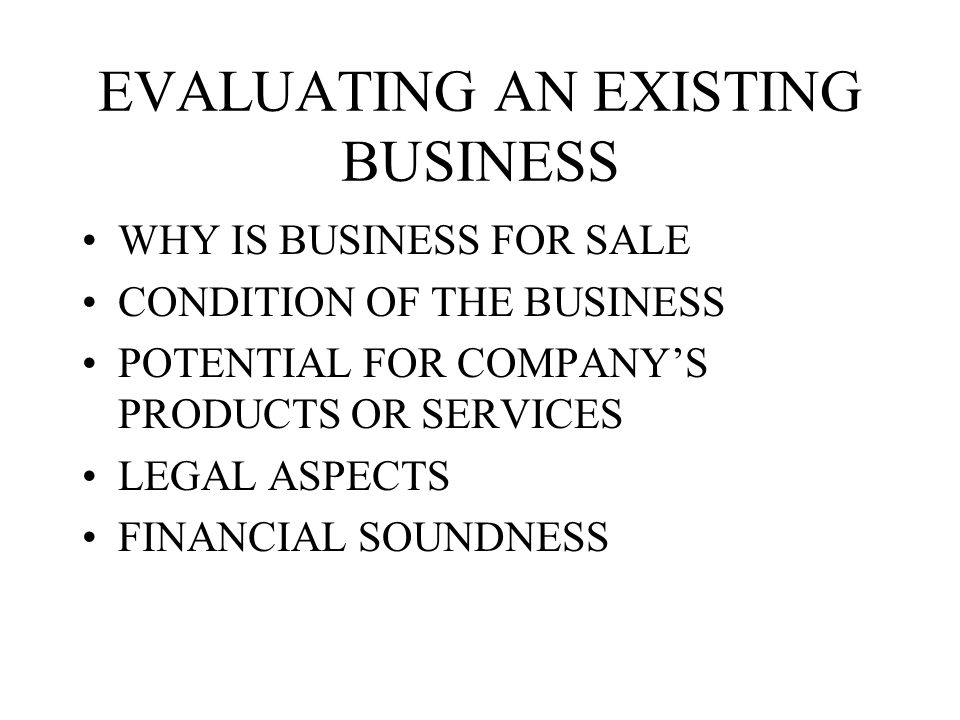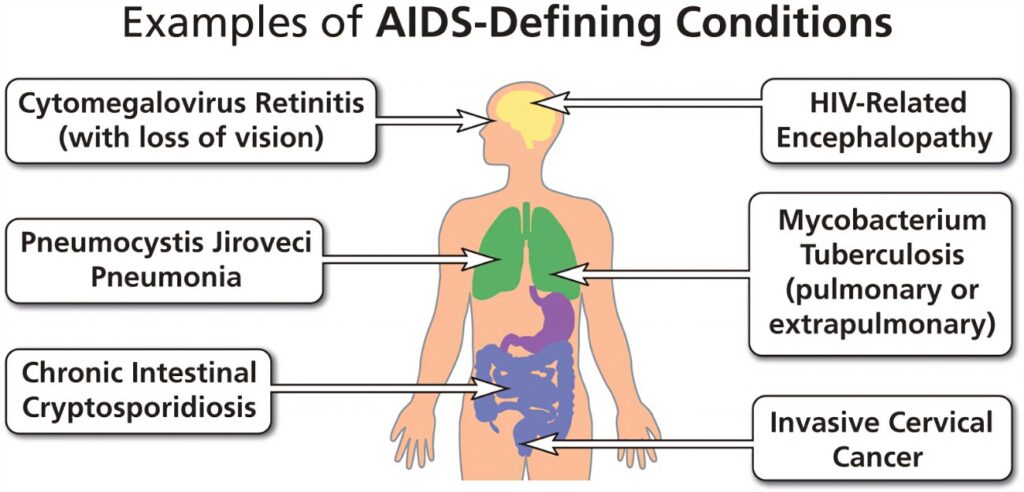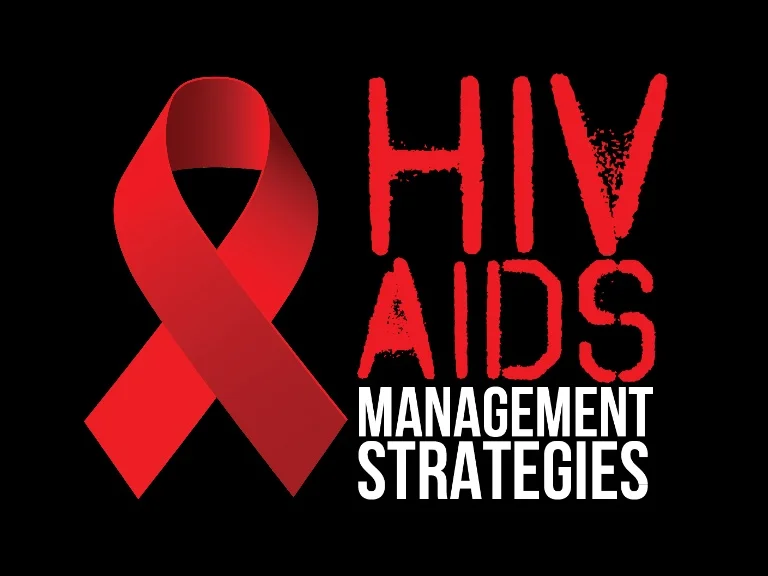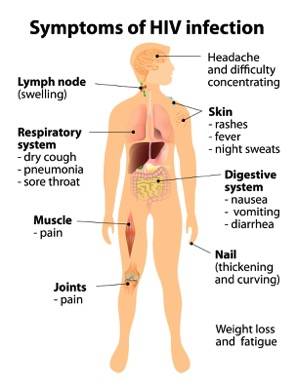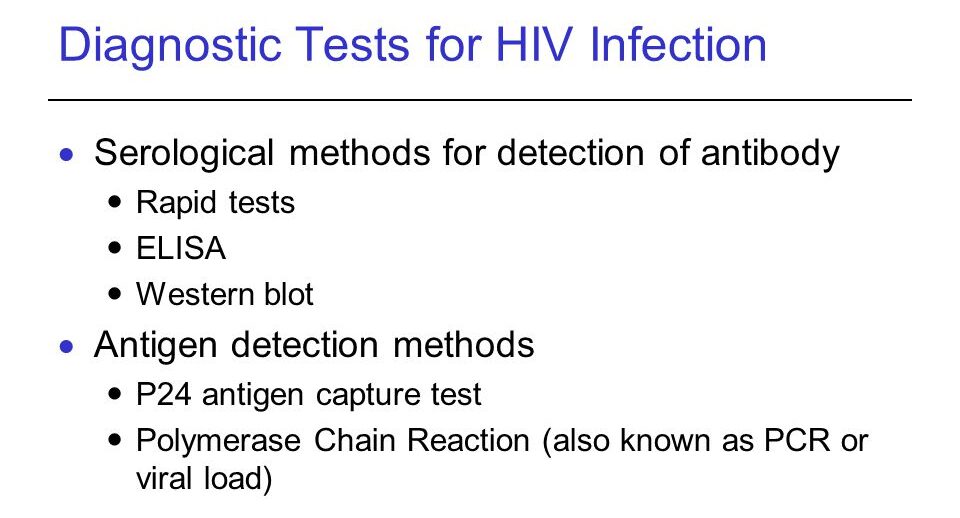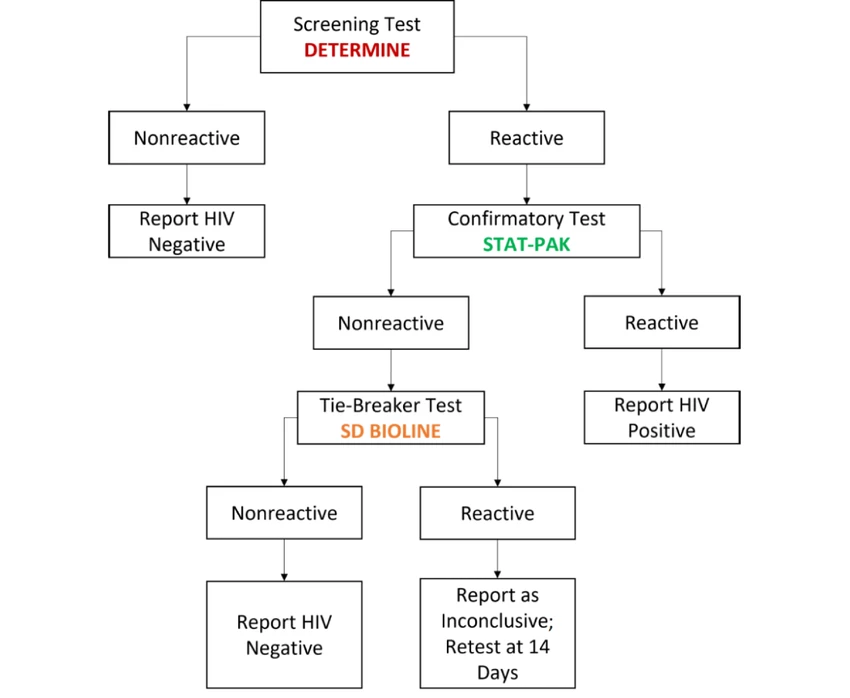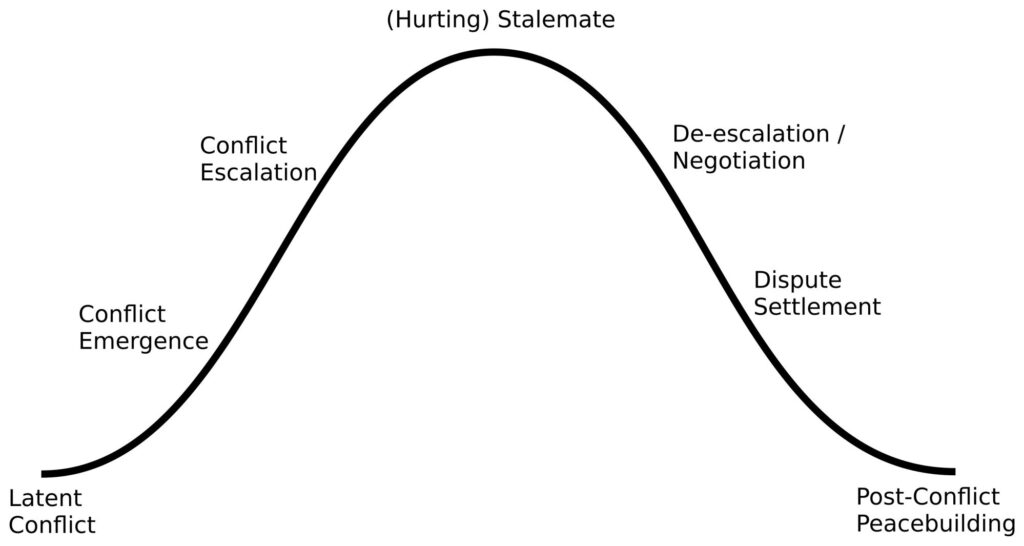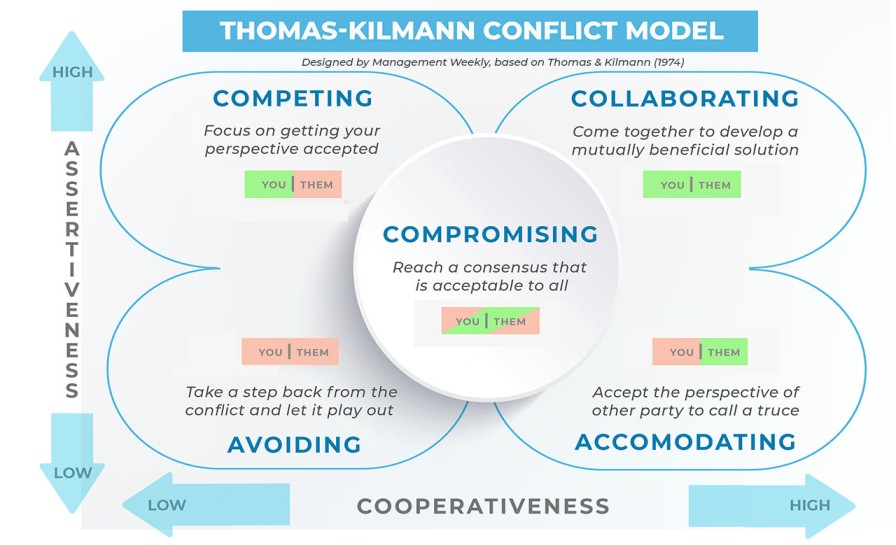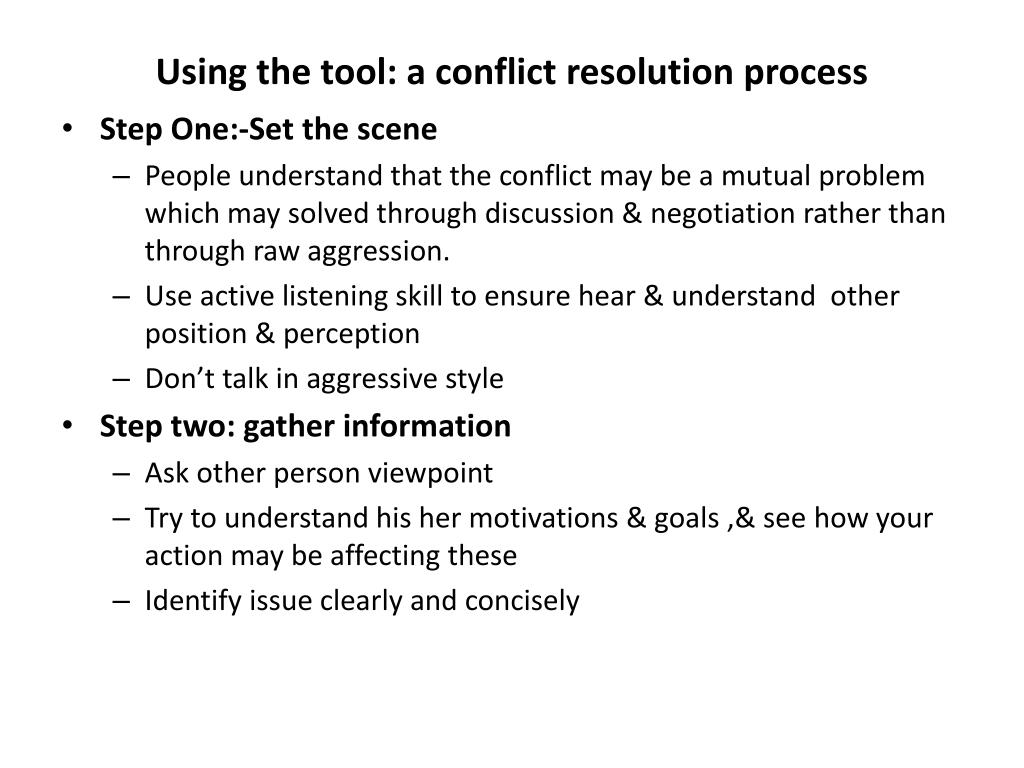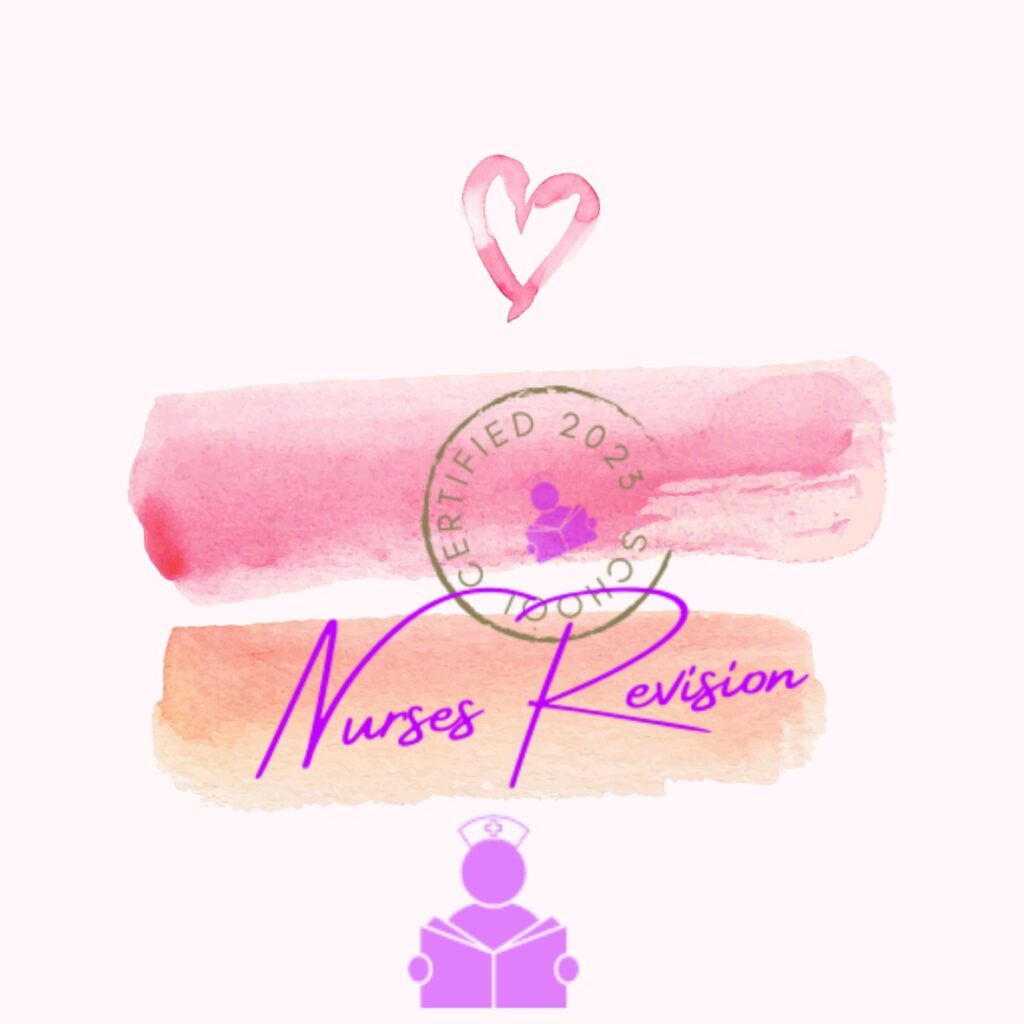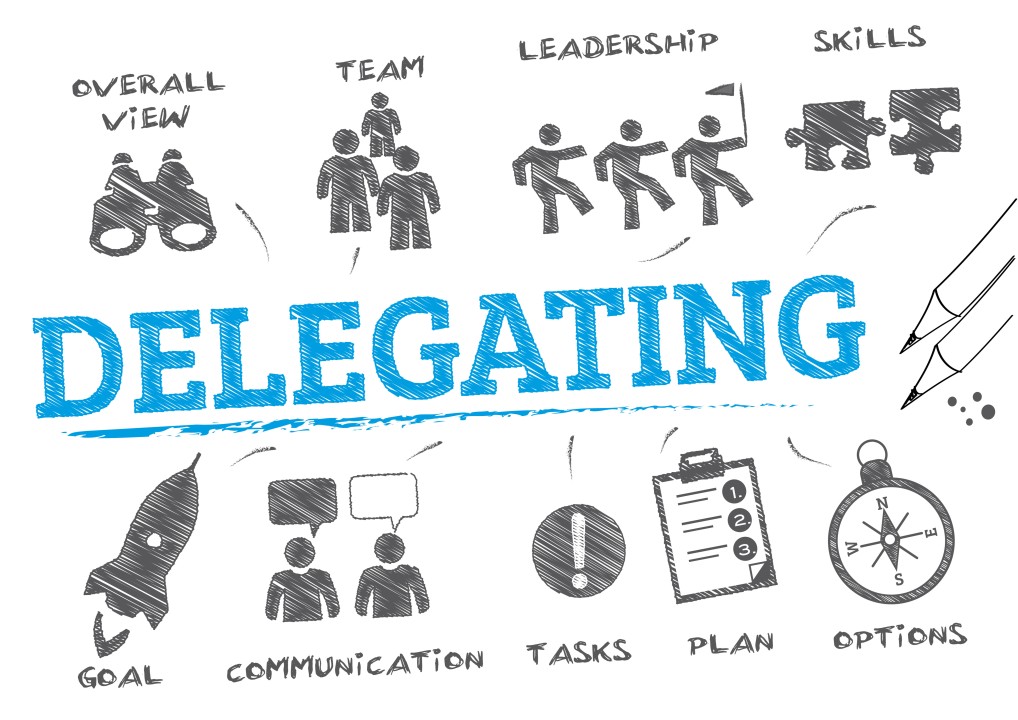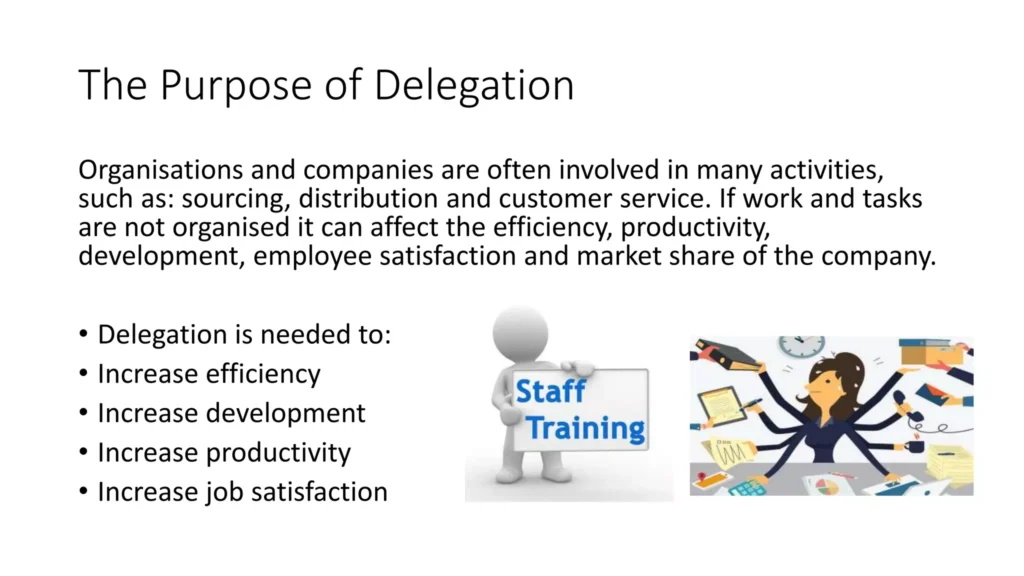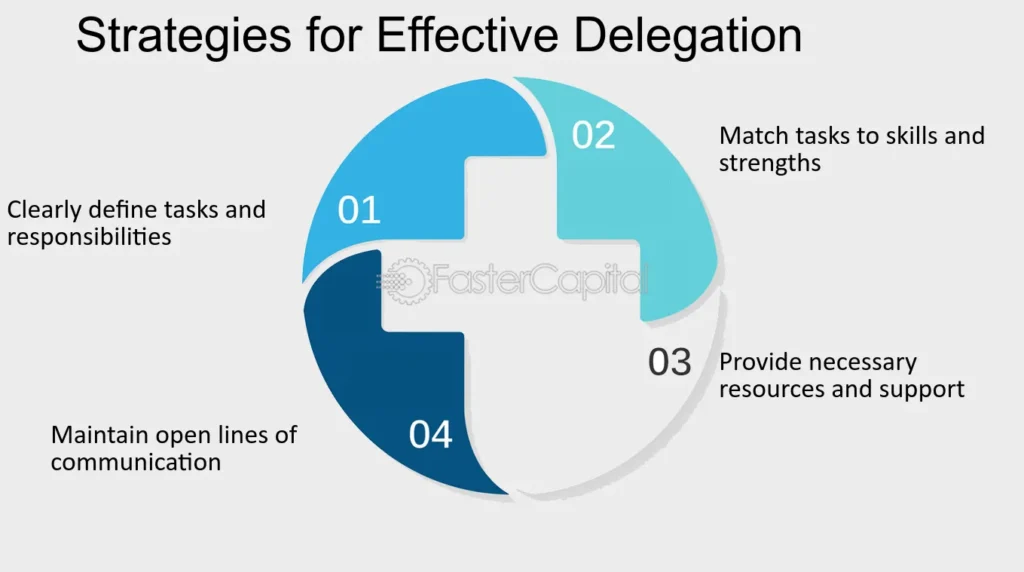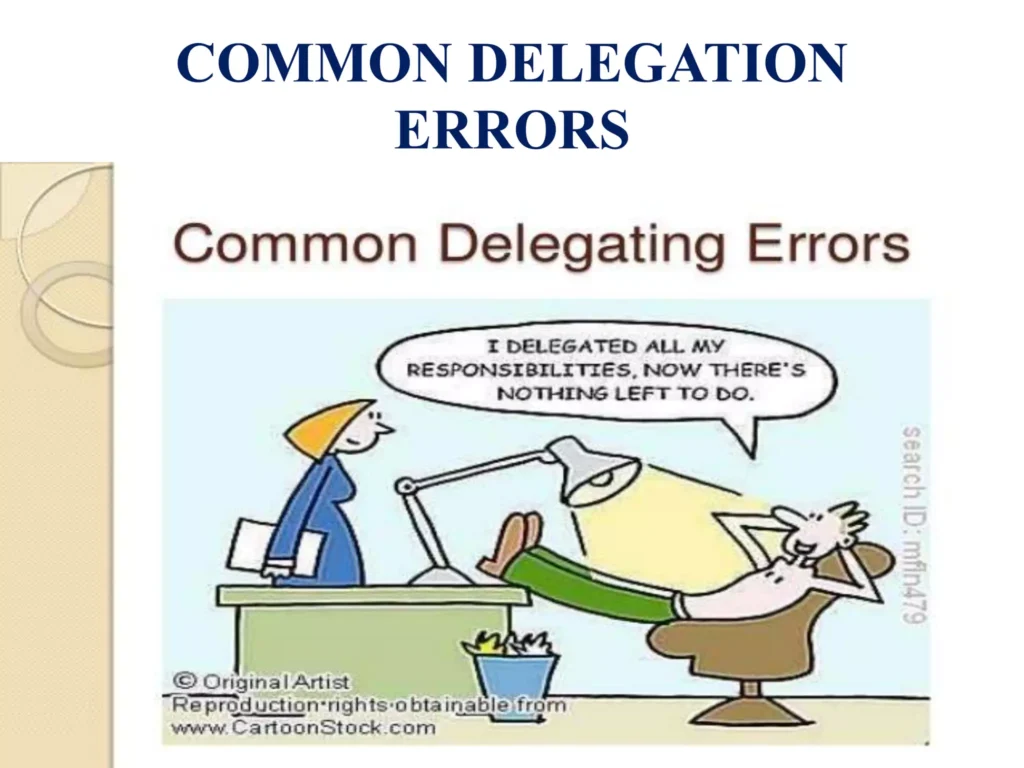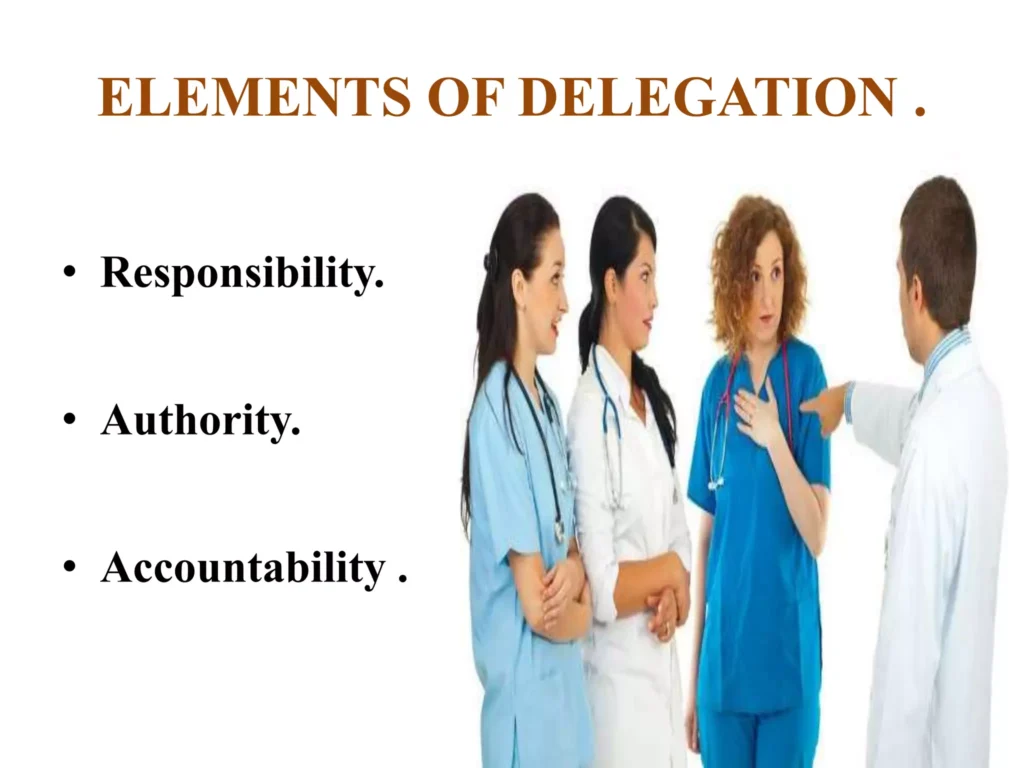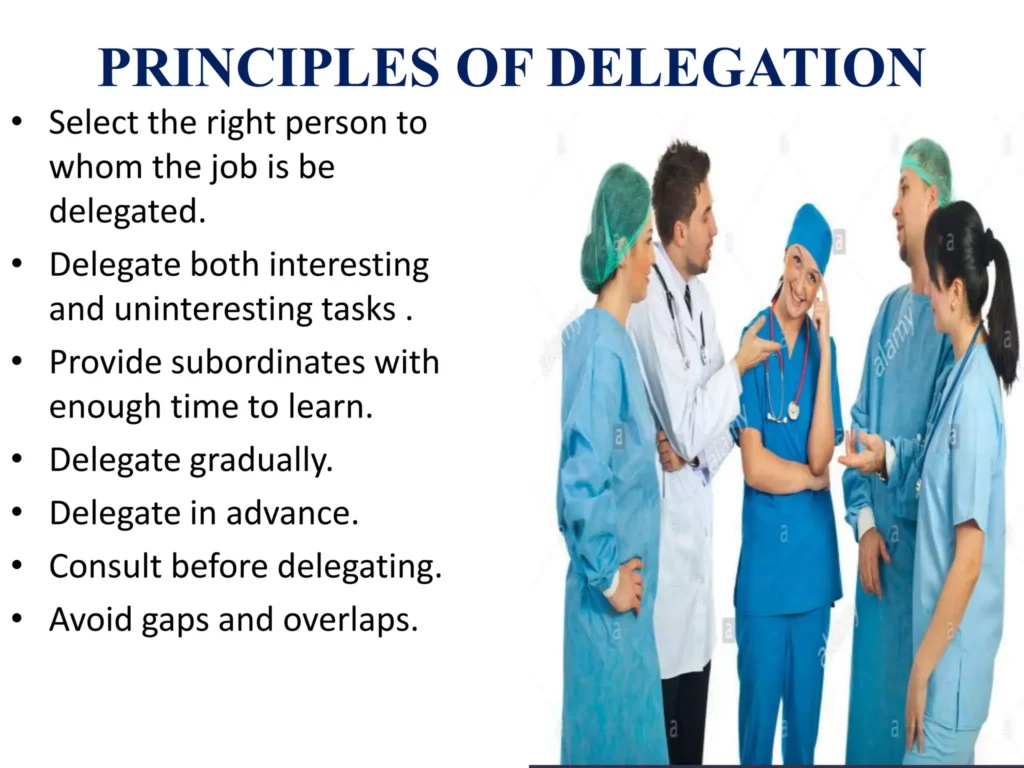CUSTOMER CARE
CUSTOMER CARE
Customer care refers to the practice that enables an organization to deliver services or products in a way that allows the customer to access them in the most efficient, cost-effective, and humanly satisfying and pleasurable manner possible.
Customer care is when companies treat their customers with respect and kindness and build an emotional connection with them.
The Manifestations Of Good Customer Care
- Honesty: Being honest with customers in business transactions, whether with customers, suppliers, financiers, or competitors.
- Handling Customers’ Objections and Complaints: Effectively addressing customer objections and complaints, such as issues with underweight or overpriced products, wrong sizes, or contaminated products.
- Offering Prompt and Excellent Services: Providing quick and excellent service to customers whenever they show interest or demand goods or services.
- Availability: Being available to meet customer demands and assist them at all times.
- Listening to Customers: Listening to customer suggestions and opinions to understand their needs and preferences better.
- Providing Basic Product Knowledge: Offering basic knowledge to customers about how to use the product effectively.
- Pleasant Interaction: Maintaining a pleasant demeanor and attitude when serving customers to create a positive experience.
- Technical and After-Sales Services: Offering technical assistance and after-sales services, such as packaging, transportation, and free gifts, to enhance customer satisfaction.
- Improving Product Quality: Regularly improving the quality of products based on market demands and customer feedback.
- Price Reductions and Discounts: Offering occasional price reductions or discounts to customers to increase customer loyalty and satisfaction.
- Providing Credit Facilities: Extending credit facilities to customers who may not have ready cash to facilitate their purchases.
- Clear Communication: Ensuring clear and transparent communication with customers to avoid misunderstandings and build trust.
Indicators Of Good Customer Care In Business
- Increase in sales and profits due to satisfied customers who are likely to make repeat purchases.
- Decrease in advertising costs as satisfied customers are likely to recommend the business to others through word-of-mouth.
- Increase in the number of customers attracted to the business due to positive reviews and recommendations.
- Repeat purchases by customers who are satisfied with the quality of products and services offered.
- Availability of after-sales services and support to address any issues or concerns customers may have.
- Use of suggestion boxes to gather feedback from customers and improve products or services.
- Offering discounts or promotions to loyal customers as a token of appreciation for their continued patronage.
- Honesty and transparency in business transactions to build trust and credibility with customers.
Benefits Of Good Customer Care In Enterprise
- Improvement of the business’s image and reputation in the eyes of the public.
- Promotion of good relationships between the business and its customers, leading to increased customer loyalty.
- Increase in sales revenue due to satisfied customers who are more likely to make repeat purchases and recommend the business to others.
- Act as a marketing technique by attracting new customers through positive word-of-mouth and referrals from satisfied customers.
- Provide a platform to address and resolve customer complaints and issues promptly, thereby preventing negative publicity.
- Help the business outcompete its competitors by offering superior customer service and satisfaction.
- Prevention of customers from being exploited or mistreated by unethical business practices.
- Retention of existing customers and attraction of new ones through exceptional customer care and service.
Promotion Of Good Customer Relations In A Business
Customer relations refer to the ways in which a business deals with its customers.
- Proper handling of customer complaints and queries to ensure prompt resolution of issues and maintain customer satisfaction.
- Showing genuine respect and appreciation for individual customers to build positive relationships and trust.
- Honesty and transparency in business transactions to build credibility and foster long-term relationships with customers.
- Providing prompt services to customers to demonstrate reliability and efficiency in meeting their needs.
- Maintaining politeness and using appropriate business language when interacting with customers to create a positive impression.
- Demonstrating care and empathy towards customers by addressing their needs and concerns with sincerity and compassion.
- Continuous improvement of product quality to meet or exceed customer expectations and enhance their satisfaction.
- Offering credit facilities to trustworthy customers to facilitate their purchases and build loyalty.
- Providing gifts and samples to customers as tokens of appreciation and to encourage repeat business.
- Offering discounts and after-sales services to reward loyal customers and incentivize future purchases.
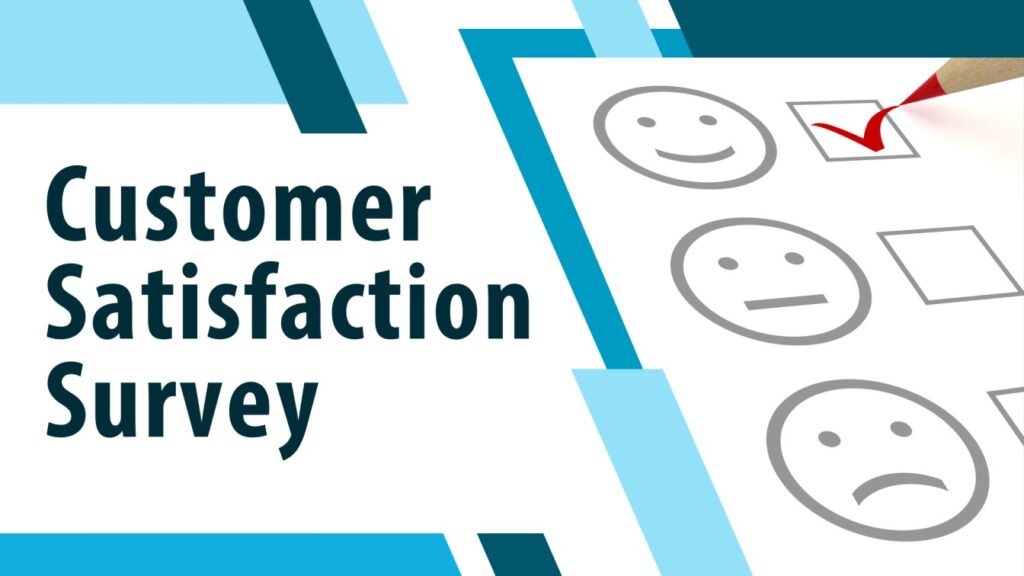
CUSTOMER SATISFACTION SURVEY
A customer satisfaction survey is a study conducted to determine whether customers are satisfied with a product or service.
- Face-to-face interaction to gather direct feedback and insights from customers.
- Phone calls to follow up with customers and address any concerns or issues they may have.
- Mailed surveys sent to customers to gather their opinions and feedback on their experience with the product or service.
- Email surveys distributed to customers to collect their feedback and assess their level of satisfaction.
Measures to Ensure Customer Satisfaction:
- Offering good quality products that meet or exceed customer expectations.
- Providing timely responses to customer concerns and inquiries to demonstrate responsiveness and care.
- Ensuring good packaging of products to protect them during transportation and enhance their presentation.
- Charging fair prices or offering discounts to provide value for money and attract price-conscious customers.
- Ensuring a constant supply of products to meet customer demand and prevent stockouts.
- Being honest and transparent in business dealings to build trust and credibility with customers.
- Providing sufficient information about the use of products or services to educate customers and enhance their experience.
- Being courteous, sincere, and attentive when interacting with customers to create a positive and memorable experience.
- Offering a variety of products or services to cater to diverse customer needs and preferences.
- Ensuring clear and effective communication with customers to avoid misunderstandings and build trust.




